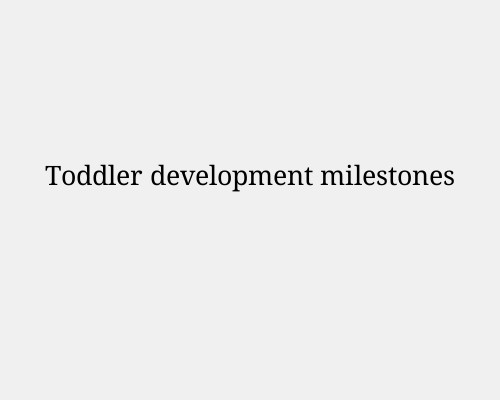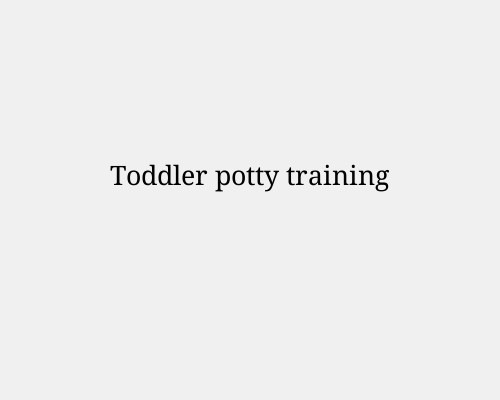
Here’s a clear overview of developmental milestones for toddlers (ages 1–3 years), broken down into gross motor, fine motor, language, cognitive, and social-emotional areas.
12–18 Months Gross Motor
Walks independently or with minimal support
Can squat to pick up a toy and stand back up
Climbs onto low furniture
Fine Motor
Uses pincer grasp (thumb + forefinger)
Scribbles with crayon
Points with one finger
Language
Says 5–10 words besides “mama” and “dada”
Understands simple instructions (“Come here”)
Responds to own name
Cognitive
Understands object permanence (knows things exist even when out of sight)
Tries to use objects correctly (phone to ear, brush to hair)
Social-Emotional
Shows affection to familiar people
Has separation anxiety but also starts exploring more independently
18–24 Months Gross Motor
Runs, though may be unsteady
Climbs on and off furniture
Begins kicking and throwing a ball
Fine Motor
Builds a tower of 4–6 blocks
Turns pages of a book (may be several at a time)
Begins using a spoon with less spilling
Language
Vocabulary jumps to 50+ words
Starts combining 2 words (“More milk”)
Can follow 2-step instructions (“Pick up the toy and give it to me”)
Cognitive
Begins pretend play (feeding a doll, pretending to drive)
Recognizes self in the mirror
Sorts shapes or colors
Social-Emotional
Shows strong attachment to caregivers
Begins parallel play (plays alongside, not yet with, other children)
May show defiance (“No!” phase)
24–36 Months Gross Motor
Jumps with both feet off the ground
Pedals a tricycle (around 3 years)
Walks up stairs alternating feet
Fine Motor
Draws simple shapes (circle by ~3 years)
Uses utensils more effectively
Can string beads or large pasta
Language
Vocabulary expands to 200–1,000 words by age 3
Uses 3–4 word sentences
Asks questions (“What’s that?”)
Can name most common objects
Cognitive
Completes simple puzzles
Matches objects to pictures
Understands concepts like “big/little,” “same/different”
Social-Emotional
Begins cooperative play
Shows empathy (comforts crying friend)
Starts understanding turn-taking
